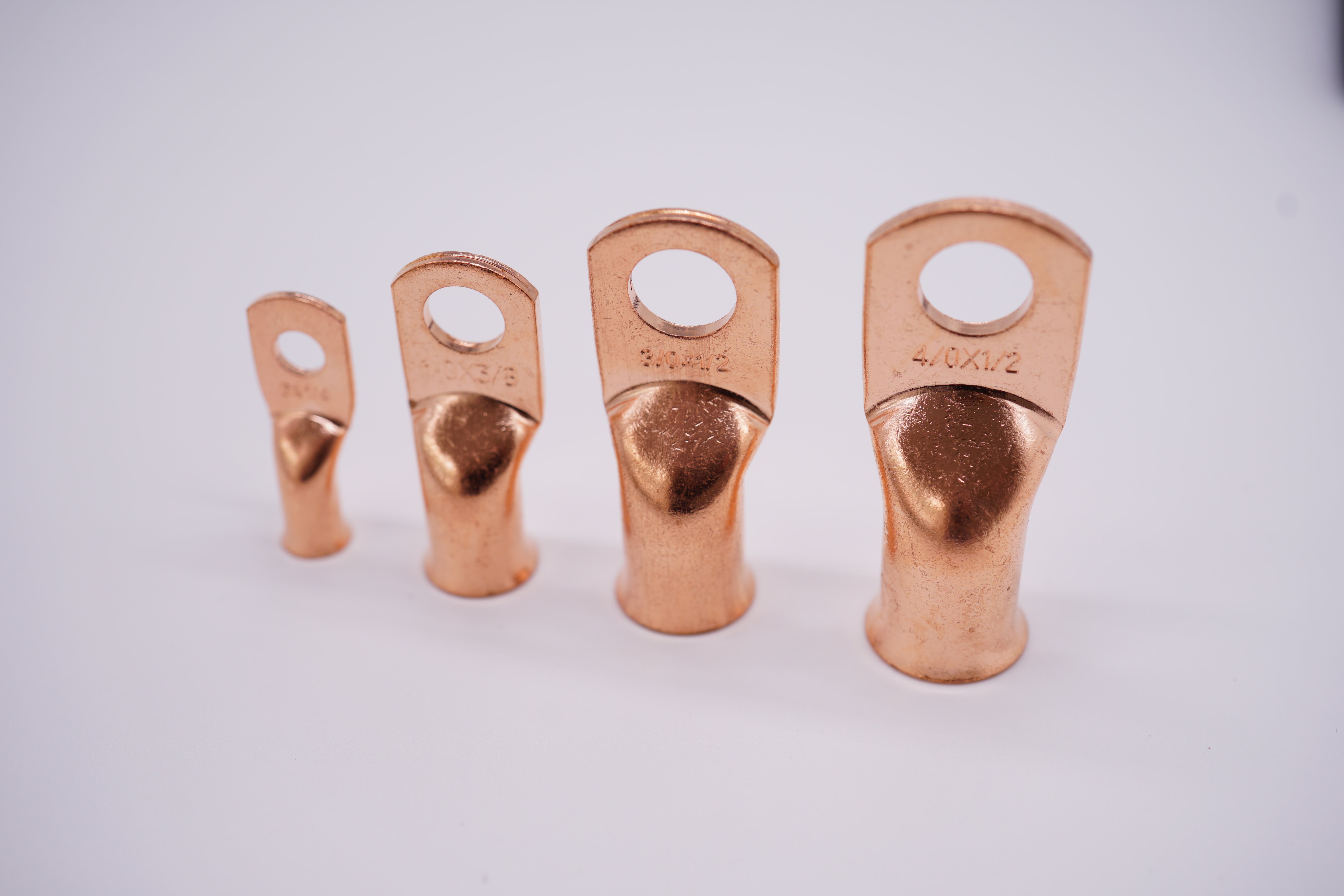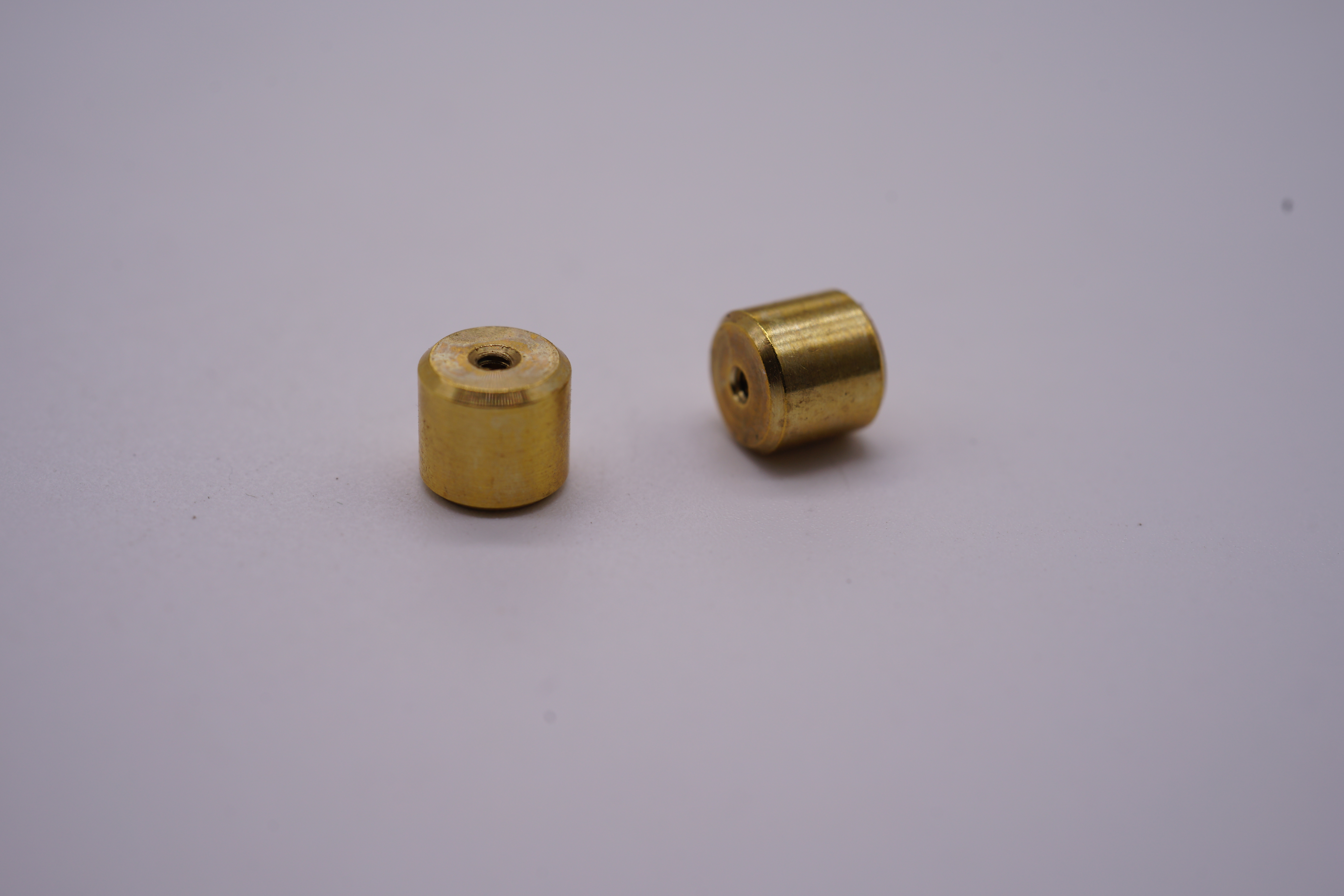+86-0769-87812884
Views: 2 Author: Site Editor Publish Time: 2025-05-20 Origin: Site
Brass CNC Machining Service
Brass is a combination of copper and zinc, commonly used as an alloy in CNC machining. This material is known for its exceptional machinability, corrosion resistance, and attractive appearance. This material is highly machinable, allowing for high feedrates and minimal coolant requirements. With the addition of lead, brass becomes incredibly easy to work with, making it the most machinable option among all copper alloys. These properties make CNC machining brass a great choice for mechanical applications that need corrosion resistance, like those found in the marine industry.


Brass Material
Brass C27400
Brass C27400, also known as Yellow Brass, is a high-strength alloy with excellent corrosion resistance and good mechanical properties. It is commonly used in applications requiring a combination of strength and ductility.
Tensile Strength, Yield (MPa):150 - 280
Fatigue Strength (MPa):110
Elongation at Break (%): 50 - 60
Hardness (Brinell):55 - 80
Density (g/cm³):8.47
Brass C28000
This Muntz Metal is a high-strength, corrosion-resistant brass alloy. It is often used in marine applications and situations where high strength and corrosion resistance are required.
Tensile Strength, Yield (MPa):255 - 345
Fatigue Strength (MPa):115
Elongation at Break (%):40 - 50
Hardness (Brinell): 75 - 95
Density (g/cm³):8.53
Brass C36000
Brass C36000 is a Free-Cutting Brass, renowned for its excellent machinability and is the standard material for high-speed machining operations. It is extremely easy to machine because of the higher lead content in the alloy. Common uses consist of screw machine parts, gears, and valve components.
Tensile Strength, Yield (MPa):120 - 315
Fatigue Strength (MPa):135
Elongation at Break (%):20 - 55
Hardness (Brinell):60 - 130
Density (g/cm³):8.50
Surface Finishing Options for Brass
Brass CNC turned parts can undergo various surface finishing processes to enhance their appearance, durability, and performance.
As Machined
Sand Blasting
Tumbling
Electropolish
Alodine Finish
Electroless Nickel Plating
Painting
Powder Coating
Electrophoresis
Brushed Finish
Pros and Cons of Brass CNC Machining
Brass machining offers numerous advantages, making it a popular choice for various industries. However, it is essential to consider both the benefits and limitations to determine if it is the right material for your specific application.
Pros
Exceptional Machinability: Brass is highly machinable, allowing for precise and efficient machining.
Corrosion Resistance: It offers high resistance to corrosion, making it suitable for harsh environments.
Aesthetic Appeal: Its appearance is attractive and ideal for decorative and aesthetic applications.
Good Conductivity: Brass has excellent thermal and electrical conductivity.
Versatility: Brass can also be used in various industries, from electronics to plumbing.
Cons
Higher Material Cost: Brass can be more expensive compared to some other metals.
Potential for Dezincification: In certain environments, brass can suffer from loss of zinc, leading to weakened material.
Applications of CNC Machined Brass Parts
Brass has been used for many years in a wide range of applications. These include plumbing fittings, electrical connectors, ammunition casings, musical instruments, decorative items, and various consumer and industrial products. Its versatility, appealing appearance, and ease of use have all contributed to its widespread adoption across various industries. Here are a few examples of commonly CNC-machined custom brass parts:
Electrical connectors and terminals: Examples include plug connectors, battery terminals, and switch components.
Plumbing fittings and valves: They include pipe fittings, water valves, and hose nozzles.
Automotive components: Automotive brass parts include radiator cores, electrical connectors, and bushings.
Marine hardware: Propellers, fittings, and ship components.
Decorative hardware and jewelry: Examples are door handles, knobs, and various types of jewelry, including rings and bracelets.